Spring Quiche
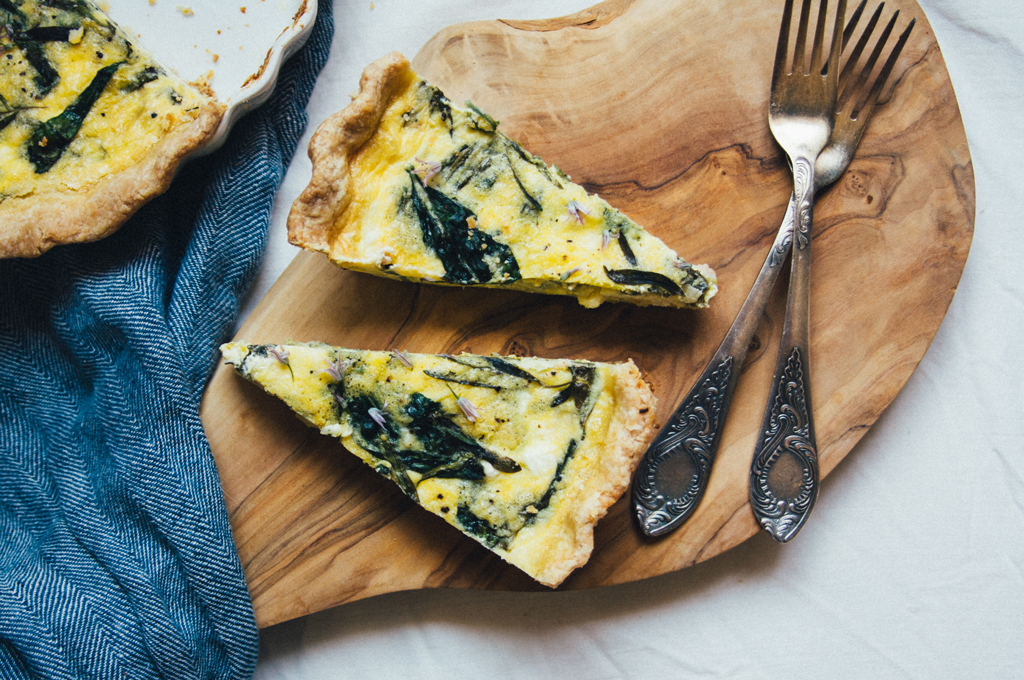 Many quiches (or quiche-like pies, I should say) were harmed in the making of this post and I’m proud to finally have something delicious for you today! I probably tested enough quiches to feed a small family for about a month, just to get it right, and while it’s not something that’s hard to make, there are a few tiny details that I learned can make a huge difference. But before we get to the quiche, I’d like to share a few more things that I’m celebrating today!
Many quiches (or quiche-like pies, I should say) were harmed in the making of this post and I’m proud to finally have something delicious for you today! I probably tested enough quiches to feed a small family for about a month, just to get it right, and while it’s not something that’s hard to make, there are a few tiny details that I learned can make a huge difference. But before we get to the quiche, I’d like to share a few more things that I’m celebrating today!
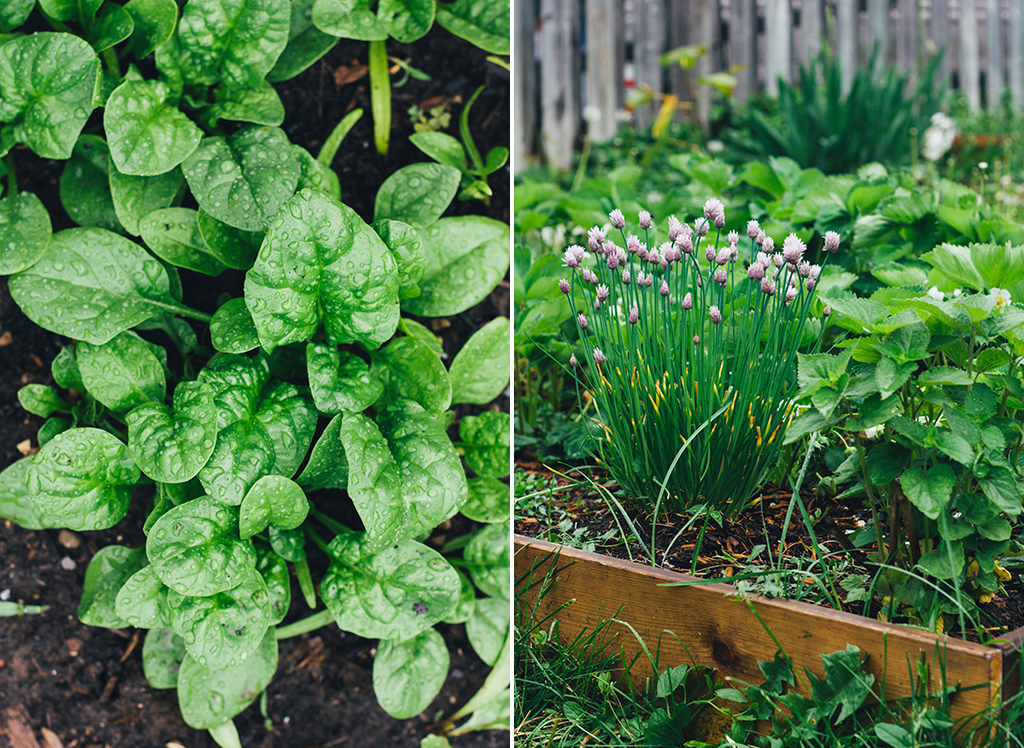
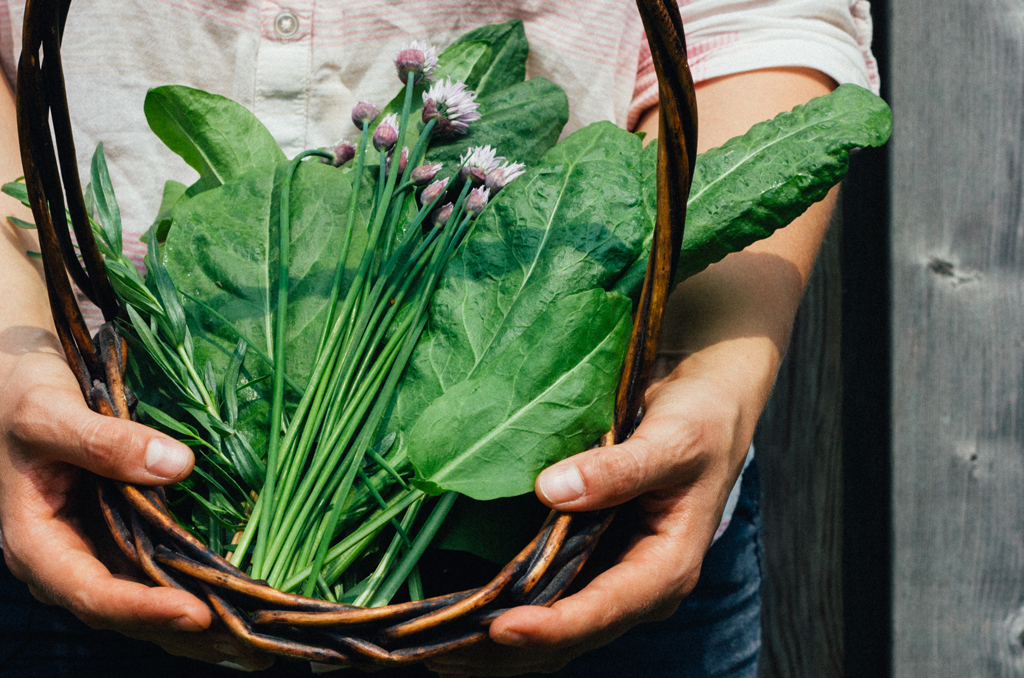 My garden finally came back to life this month and all the early greens and herbs (baby spinach, sorrel, tarragon, chives) have inspired the filling for today’s spring quiche. Learning how to grow fruits and vegetables in the back yard has been the most rewarding experience and I always welcome spring with so much anticipation, especially when it comes to cooking.
My garden finally came back to life this month and all the early greens and herbs (baby spinach, sorrel, tarragon, chives) have inspired the filling for today’s spring quiche. Learning how to grow fruits and vegetables in the back yard has been the most rewarding experience and I always welcome spring with so much anticipation, especially when it comes to cooking.
Most importantly…. there’s a VERY special new friend in my kitchen! Can you guess who it is?
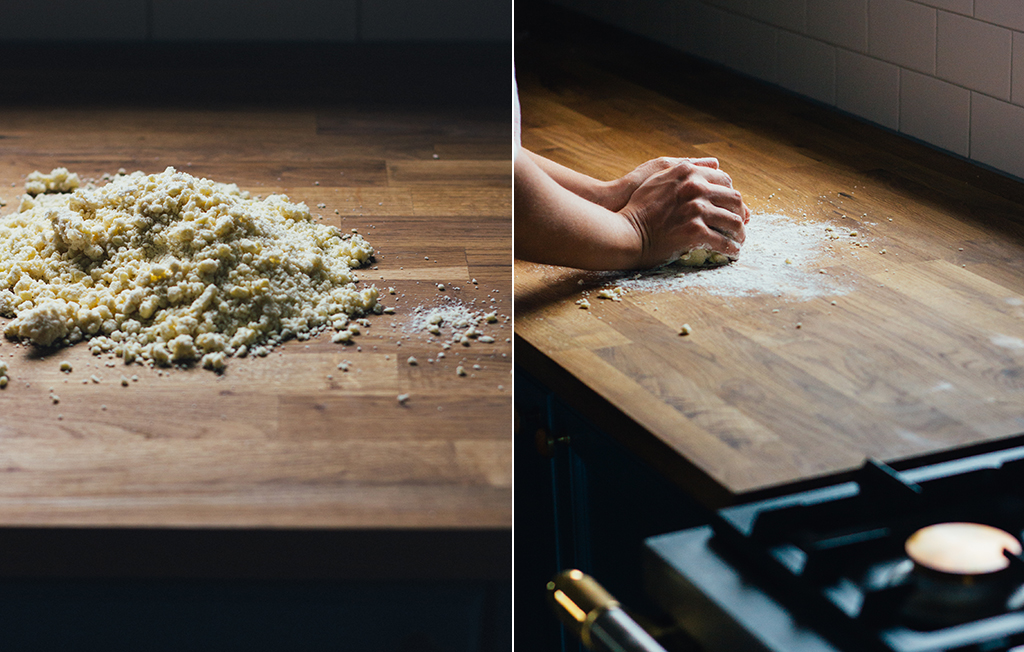
That’s right! There, in the bottom right corner, is a little glimpse of a new Lacanche Chagny! My husband and I have been working hard to transform our kitchen into a worthy home for the new range and we’re finally starting to see the light. Kitchen renos are no joke, especially when braving the DIY world and trying to figure out how to do (almost) everything ourselves. It’s finally coming together and I’m really excited to welcome our new friend into our improved kitchen and to be able to share the cooking adventures with all of you!
Let’s go back to the quiche. I’ve been making it for a number of years, but my biggest source of frustration has always been a shrinking crust. It wasn’t shrinking consistently, but often enough to limit my confidence in the recipe and techniques that I was using, bringing me to the ridiculous amount of quiche crusts that I baked over the past few weeks to try to figure it all out.
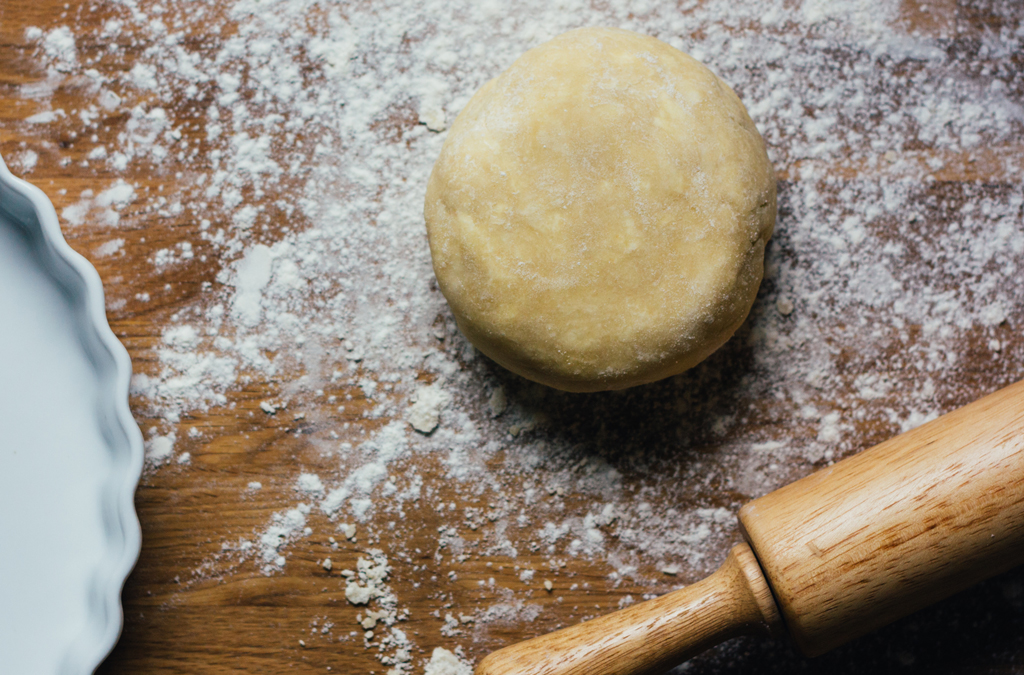
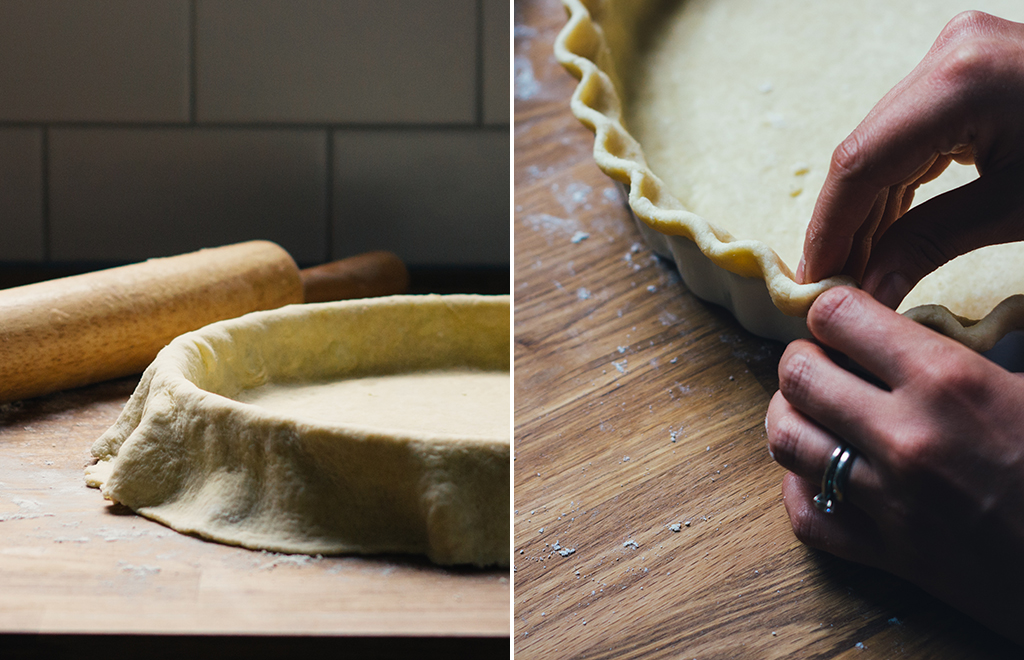 Unfortunately, I don’t know that there’s that one magical solution to the shrinking problem. Some recipes call for vinegar in the crust to “relax the gluten”, others promise that resting or freezing the crust solves the shrinking problem. Those tips were helpful (though the vinegar didn’t make a difference), but there wasn’t just that one thing…. I went through many recipes and experimented with multiple techniques in pursuit of a consistent and flaky all-butter crust. So what worked? Lots of practice, attention to detail, with a healthy dose of patience. While I can’t really pass along weeks of crust-making practice to all of you, I will be sharing a more detailed recipe then usual, with side notes as well, to pass on what I’ve learned over the past few weeks. If you’re a quiche master, I’d love to hear some insight about what works well for you!
Unfortunately, I don’t know that there’s that one magical solution to the shrinking problem. Some recipes call for vinegar in the crust to “relax the gluten”, others promise that resting or freezing the crust solves the shrinking problem. Those tips were helpful (though the vinegar didn’t make a difference), but there wasn’t just that one thing…. I went through many recipes and experimented with multiple techniques in pursuit of a consistent and flaky all-butter crust. So what worked? Lots of practice, attention to detail, with a healthy dose of patience. While I can’t really pass along weeks of crust-making practice to all of you, I will be sharing a more detailed recipe then usual, with side notes as well, to pass on what I’ve learned over the past few weeks. If you’re a quiche master, I’d love to hear some insight about what works well for you!
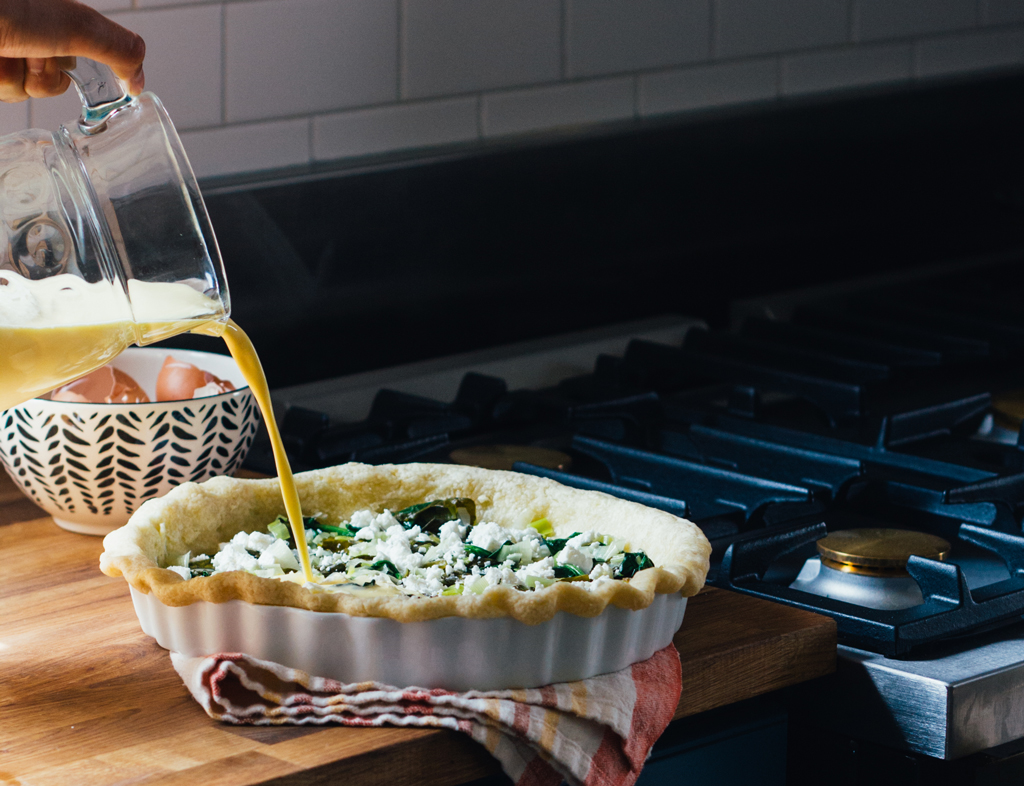
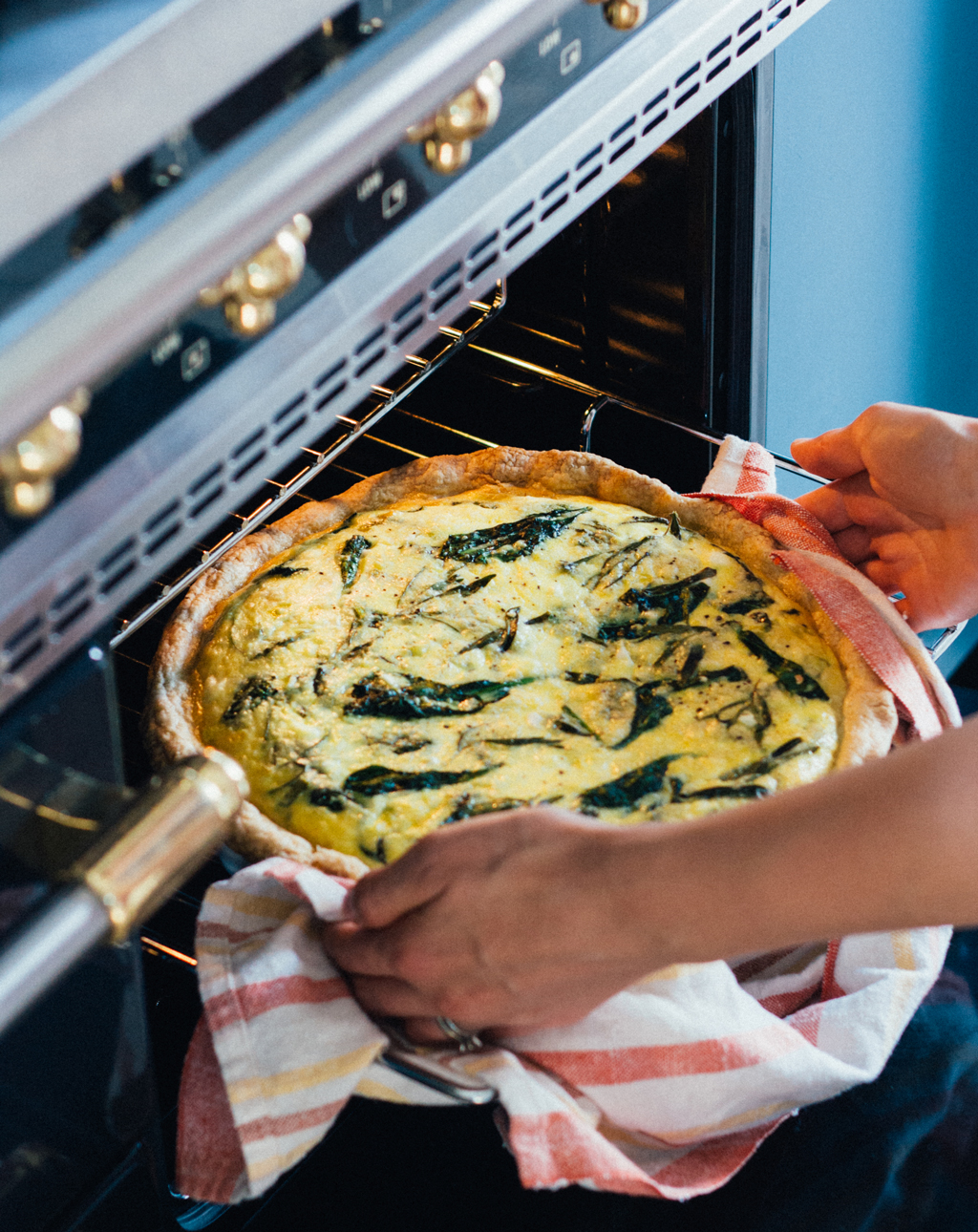
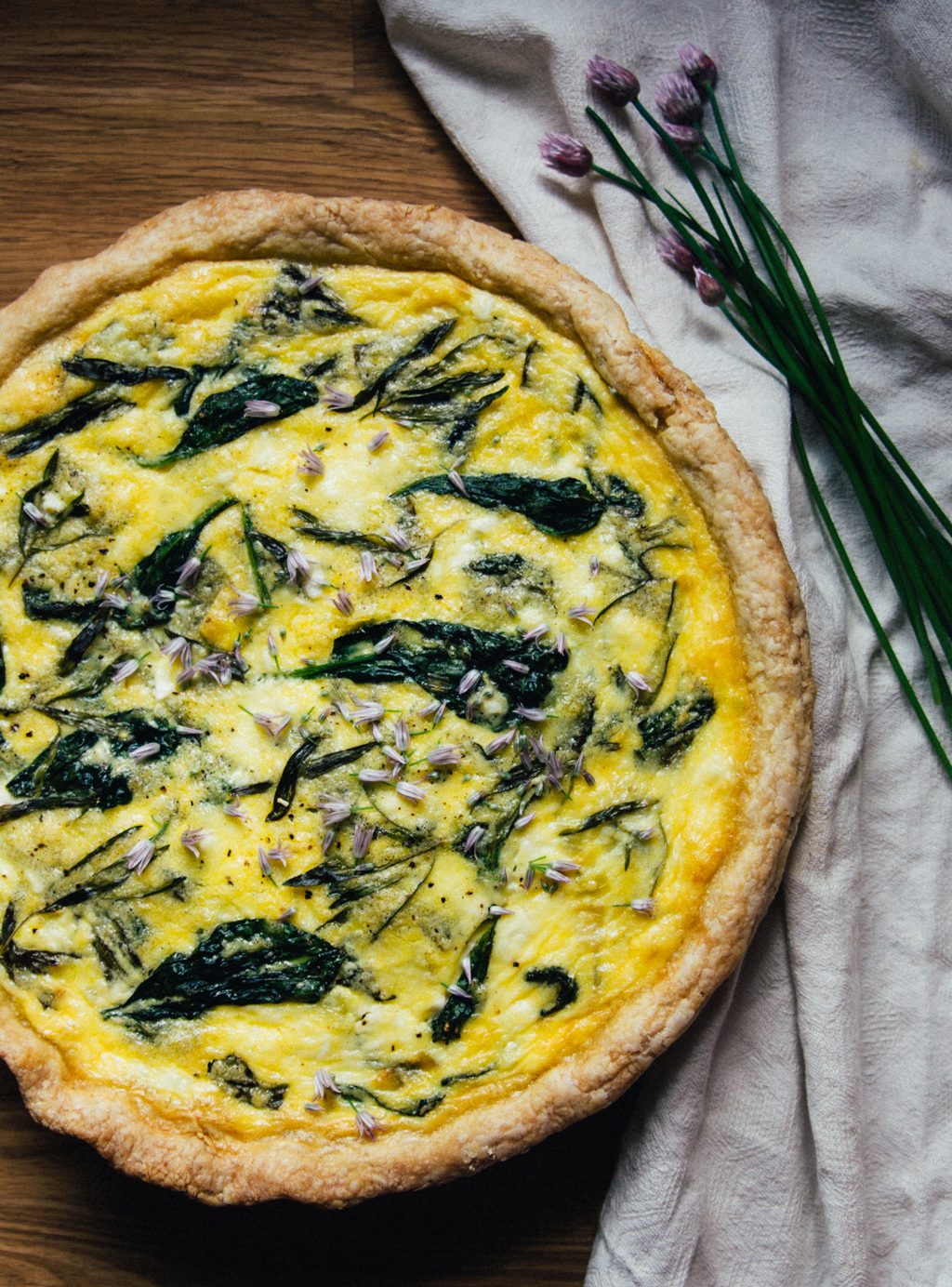
[amd-yrecipe-recipe:20]



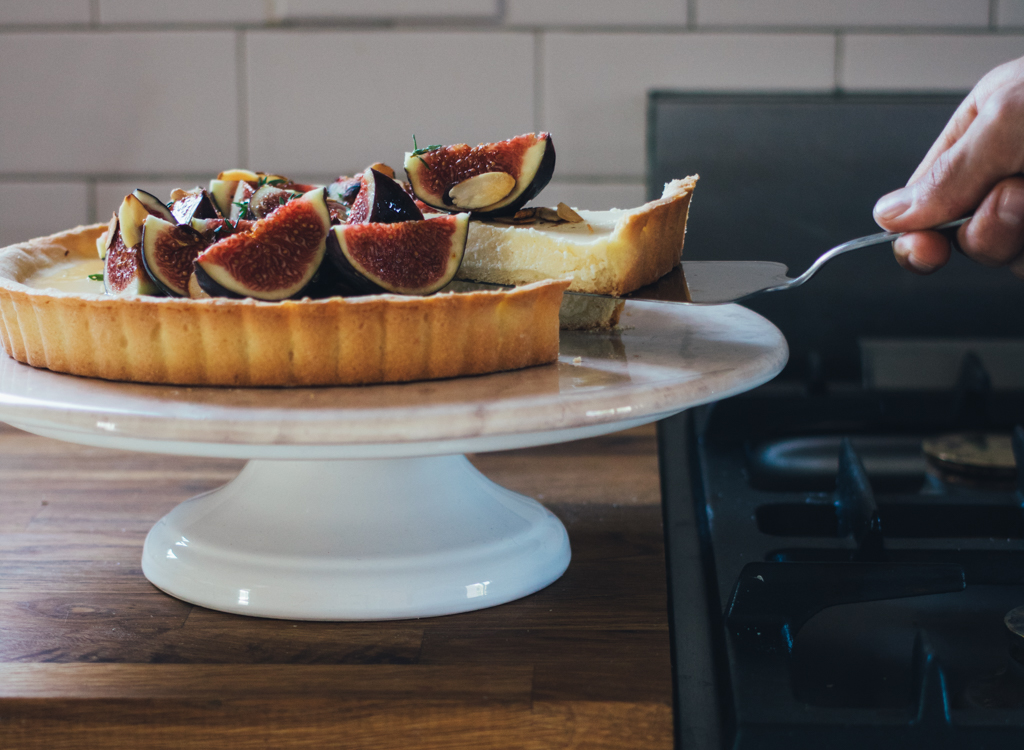
Crispiest crust ever, almost shatteringly crisp, a nice change from my usual. I used goat cheese because it’s less salty. Very nice tang w/ the sorrel & goat cheese. Making it again tonight for a treat.
Pingback: Foraging for Sheep’s Sorrel | Curious By Nature